Identifying influencers is a work of art all by itself, and whether you are searching for influencers manually or with the help of a directory or tool, there are some things you need to know in order to get it right.
We’ve all seen the tremendous results influencer marketing is able to generate, but the truth is, you won’t even generate a fraction of those results if you work with the wrong influencers.
That’s why finding the right ones for your brand is critical, and you’ll be surprised just how much goes into it.
So how can you identify the influencers who fit your brand like a hand in a glove, and helps you reach success?
That’s what you’ll find out in this article.
1. Data is key
To identify the right influencer, you need rich data.
The social media data generated by the influencer is a great place to start. Many marketers tend to only look at follow count when choosing influencers, but if you do so, you’re doomed to fail. To identify the people who really matter, looking at data such as comments and conversations around and with the influencer, you might just learn that the influencer’s personality doesn’t alight with your brand.
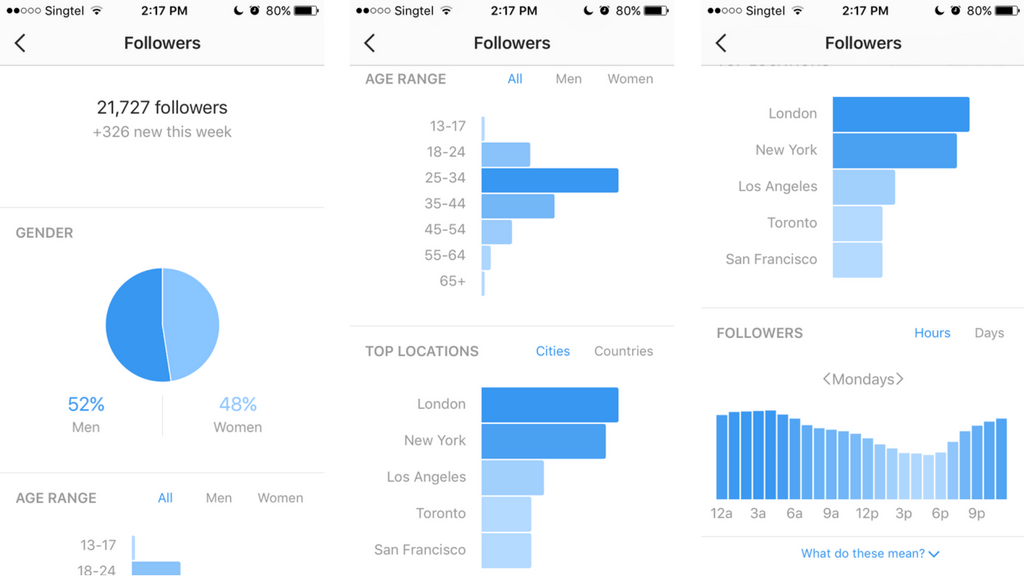
Or, you might just find out that they couldn’t be more perfect.
Also, by using social listening, you can segment influencers and better understand the journey of the buyer and also how you should act and engage to meet their demands.
2. Relevance over followers
This is a big one, and it is also in this direction we have seen influencer marketing evolve in the last couple of years.
As I touched upon briefly before, more followers don’t necessarily mean more influence and a higher impact.
In fact, more followers often mean less engaged followers, yet still a higher price.
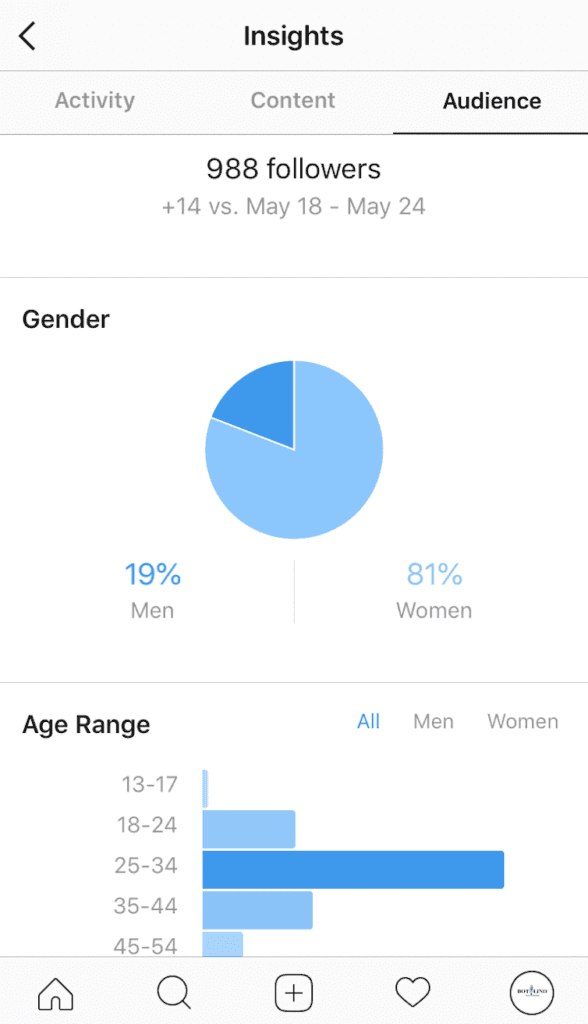
It doesn’t make sense, but still, marketers are doing it.
Relevance is far more important than reach, and that does not only include their followers. It also includes the niche the influencer is in, how they align with your core values, and if they are actually trusted or if it’s just an illusion created by big numbers.
It’s also important that you filter away all the fuzz and the individuals who aren’t your target audience when looking at the influencer.
There’s a big chance that you’ve seen Kim Kardashian’s endorsement for pills that prevent morning sickness for pregnant women.
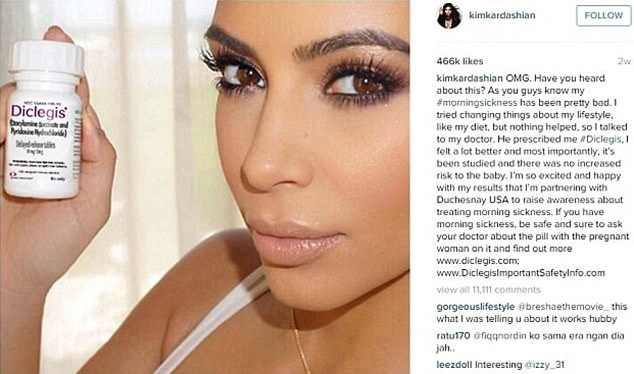
Sure, Kim might have over 100 Million followers, but how many of those do you think falls into the category of being pregnant? And then in turn struggle with morning sickness? Certainly not a big share of her total followers.
Not surprisingly, influencers from the middle-sector and so-called micro-influencers have time and time over proven to be the most effective influencers in terms of ROI for brands, not very surprising maybe but.
Here’s why:
Smaller influencers tend to have a more targeted audience, where most of their followers are strictly passionate about the niche the influencer is in.
In addition to that, smaller influencers also have a bigger trust within their niche.
When comparing to larger influencers, it is well-known that the engagement doesn’t increase at the same pace as the followers, yet still, many influencers base their rates on their followers. Strange, might some people think, but that’s why many brands now are turning to influencers with a more targeted following and a higher engagement.
Strange, might some people think, but that’s why many brands now are turning to influencers with a more targeted following and a higher engagement.
3. Engagement before followers
You’d rather work with 1 influencer with a high engagement than 5 influencers with a low engagement, right? Well, not all marketers do. But that mostly depends on the fact that they barely are aware of what engagement is.
In reality, it doesn’t matter how many people with low engagement you work with.

Why? Because normally, these individuals don’t have any real impact and influence over people, which means you can scale all you want, but if they don’t impact people, it still won’t produce any results.
It’s essential that you are aware of this when sourcing influencers, because if you were to have the mindset people had a few years ago (because it worked), you’d end up looking at celebrities with the largest followings and pay hundreds of thousands of dollars instead of looking at the individuals who have laser targeted audience and an engaged such.
4. Find influencers who align with your values
You’ve probably spent a lot of time building your brand culture and making sure everyone in your team aligns with it.
Therefore, the last thing you want to do is bring influencers into your team who don’t align with your brand to start shouting and spreading a message that isn’t completely true to you.
Simply put, you don’t want people to start pulling in opposite directions.
Make sure you have a clear destination, and that everyone knows which direction to go to get there, including influencers you work with.
In fact, it might even be more important to get influencers aware of it, because these individuals have a large reach, and if they all of a sudden start preaching something that isn’t completely right, it might just end up harming your brand.
5. Avoid fake influencers
As the demand for influencers has increased by brands, people have seen their chance at making some quick bucks and to build relationships with brands.
This is usually achieved by buying fake followers.
Fake followers are, of course, nothing but bots, and this means that if a brand chooses to partner with an influencer with fake followers, they won’t get their product seen in front of real people.
However, if you use the tricks above, plus read how to spot fake influencers, you’ll stay away from wasting your money on an illusion of fame.
You’d be surprised how easy it is to buy fake followers and fake your influence.
With a simple Google search on “Buy Instagram followers“, this is what I found:
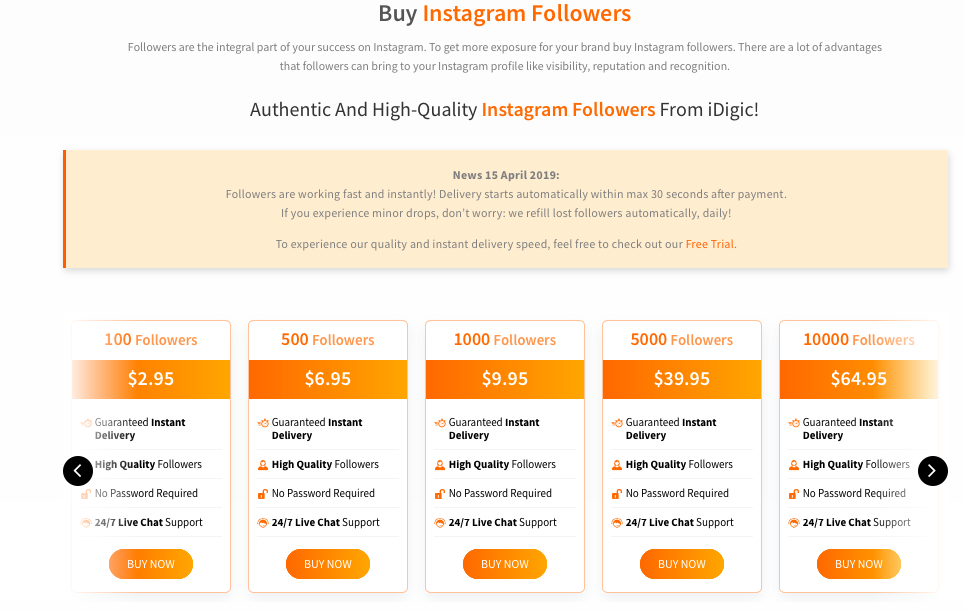
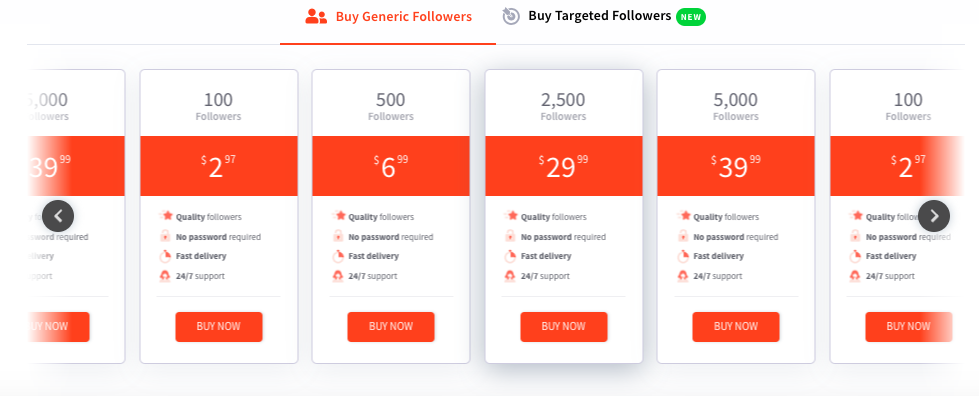 These were just three of many search results that sell fake followers, and as you can see, it’s not exactly expensive to buy them either.
These were just three of many search results that sell fake followers, and as you can see, it’s not exactly expensive to buy them either.
As you can imagine, faking an influence can be very tempting for many, and that’s why you are aware of all the dangers out there so you can avoid stepping into the traps.
Explore our FREE influencer demo today and filter through 3K+ influencers based on a variety of different criteria. All influencers are carefully hand-picked so you can be sure that you won’t encounter any fake influencers.
How to see if an influencer is a perfect fit for your brand
Knowing which influencer to work with is difficult.
As influencer marketing has grown explosively in popularity over the years, so has the supply of influencers done as well.
There are tens of thousands of influencers you can work with, but the truth is that only a small portion of those are worth working with. Some might be extremely expensive, some aren’t within your industry, some have faked their whole influence, and so on. It’s not hard to find influencers. The hard part is finding the right ones.
Therefore, it’s essential that you know exactly how to look at influencers and compare them with others so that you are left with the ultimate influencer for your brand.
In this article, we’re looking at 6 Ways to See if an Influencer is a Perfect Fit for Your Brand, so you can generate the best results possible with your influencer efforts.
In this article, we won’t be digging too much into how you find the ultimate influencer, rather look at how you can study influencers and see if they are relevant to your brand in terms of personality and similar metrics.
1.What industry are they in?
This is a huge cornerstone in finding the right influencer.
You should never work with an influencer who isn’t within your industry and sharing content related to it. As a brand, you want to reach your target audience. This means people who are interested in the niche you are in and might be interested in the products you sell. For example, if you are selling snowboards, you can be quite sure that you won’t sell anything if your re reaching people who are skiing, right?
Because this is such a huge cornerstone for a successful campaign, it should be the first thing you look at when you are going through influencers. It’s easy to see what type of influencer they are when looking at their profile and the content they share, so flattering away those who aren’t in your industry isn’t difficult.
In fact, when coming across @scoutfashion, it’s quite easy to understand that they are in the fashion niche. First off, their name is dedicated towards it, secondly, their bio describes it, and lastly, the content they share is related to it.
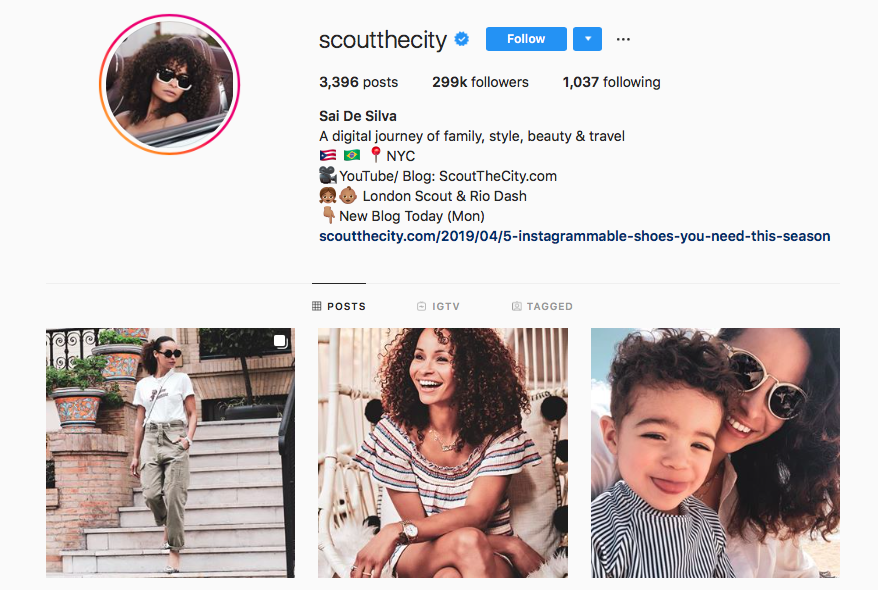
This is a common scenario for many influencers’ and that’s why filtering away them by the large cornerstone that is their niche is so easy.
2. What is their demography?
This is not relevant to all brands, but for some, the demography is highly relevant.
If you’re a brand that is operating worldwide, it usually doesn’t matter where the influencer is based. However, if you’re a local business, demographics are highly relevant.
In these cases, you only want to work with influencers who are based in your area. Because local influencers tend to attract most of their followers from their local area, it’s a great way for a business to reach people within a particular are in a way that holds a lot of trust and Genuity.
If influencers are from a particular country, chances are that many of their followers will be from there as well. Just know that this is not always the case. Don’t take it for granted that if an influencer is from a country, most of their followers will be from there as well, because this isn’t always the case. If you are working with an influencer for their location, make sure you ask for their demographics statistics so you can know where their audience is from.
Again, if you are operating worldwide, it doesn’t really matter too much, but if you are operating locally, it’s highly relevant because otherwise, you’re spending your money on marketing that won’t lead to much.
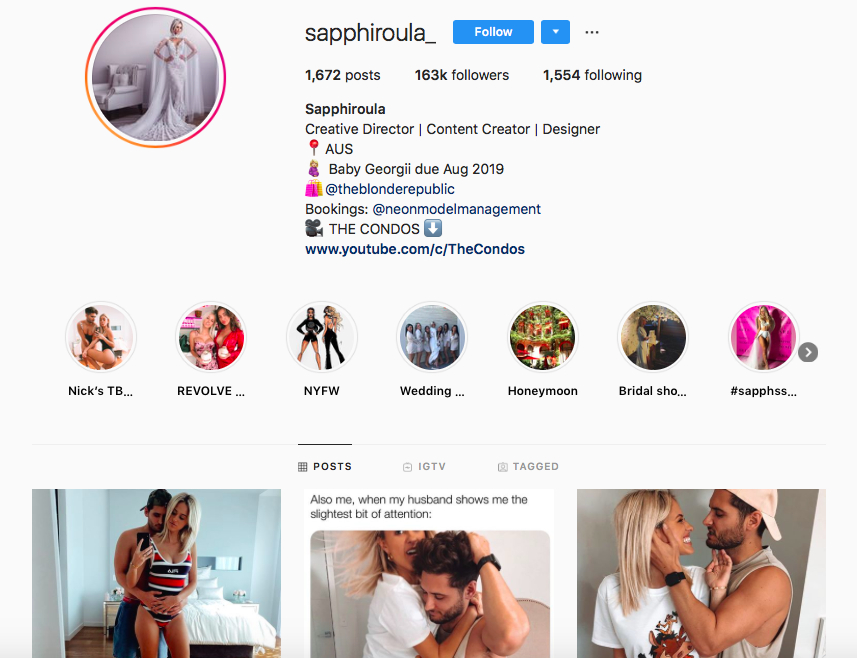
Many influencers have their ethnicity in their profile description in their bio, and that’s a good start. This can allow you to filter away those who are completely off from your location and plan. Again, if location really matters for you.
3. What content do they share?
Now we’re getting into the nitty-gritty of selecting an influencer who is suitable for your brand.
When you partner with an influencer, you want that their style aligns with yours, because this will allow you to create a campaign that comes off as more authentic, and better integrated into the influencer’s feed.
Another important aspect of this is that if your brand’s social media feed is similar to the influencer’s, the followers of the influencer will feel very much at home when they go to visit your page.
In other words, the transition will be smooth thanks to the fact that you and the influencer has a similar content strategy and style.
Take GymShark for example. They regularly partner with influencers and share gym-related content in their Instagram feed.
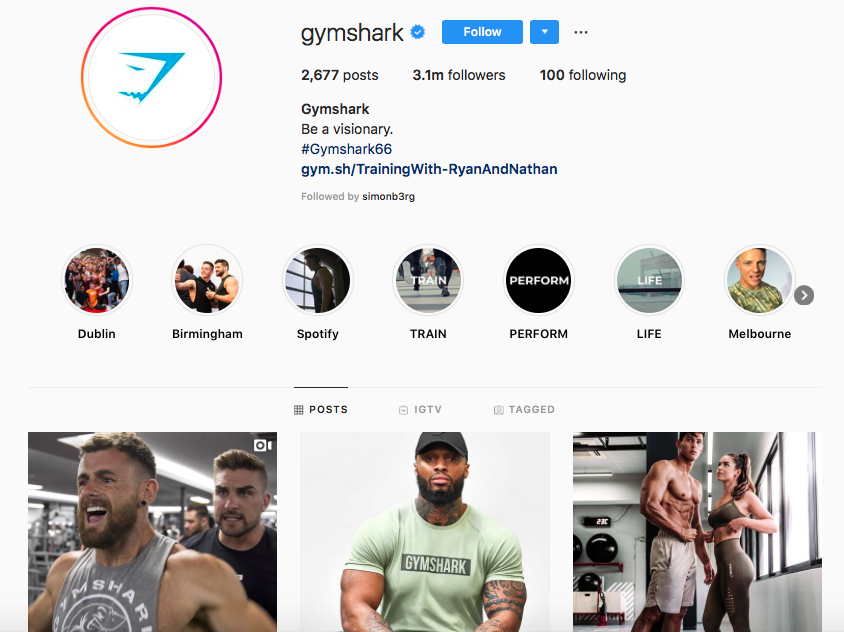
The influencers they partner with also share gym-related content, which means that the style of the content is quite similar.
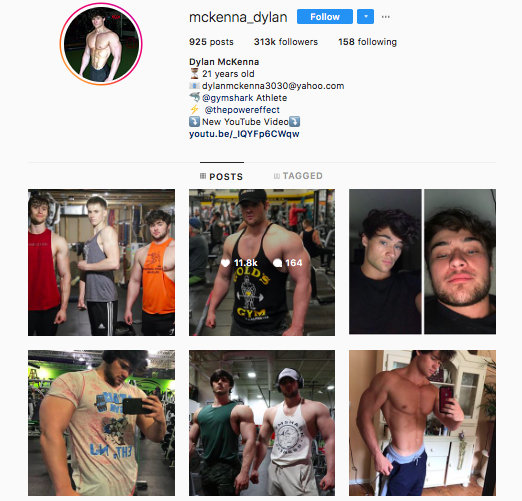
The bottom line is that you want to partner with influencers who share similar content as you, because this will let your campaigns come off as more authentic, thus giving them more trust and a bigger chance of leading to conversions.
4. What personality do they have?
Personality is their personality reflected on social media. And not surprisingly, those two aren’t always the same.
When partnering with an influencer, the ideal partnership is working with an influencer who aligns with you on every single level. Of course, this is not always possible, or at least it demands a ton of resources, but it’s at least something that is good to have in mind and work towards.
Their personality includes things like “how do they write their captions?” “how do they respond to their audience’s comments?”.
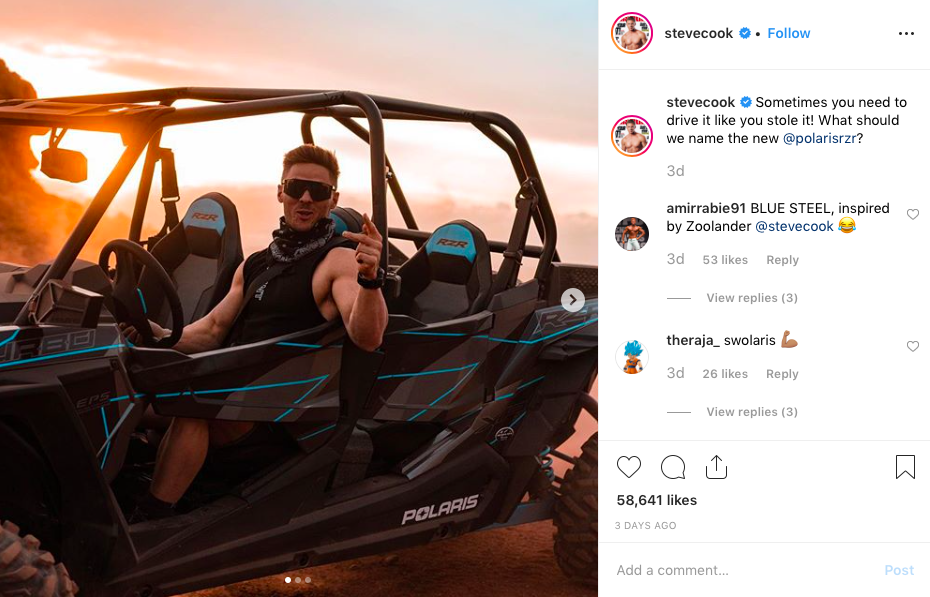
Some influencers are funny and create captions with jokes. This means that their audience likes and resonates with it.
But if you as a brand is deadly serious and conservative, chances are that that audience will feel highly uncomfortable at your page if an influencer recommends them to follow you.
When picking influencer, make sure that your personalities are at least somewhat similar. They don’t have to be spot on, but the more similar they are, the less of a transition their followers will feel, and the more genuine the campaign will be.
You can start by looking at the captions of a few of the influencer’s posts. Looking at 5-6 posts will give you a fairly good idea of what personality they have. Are they kind? Boring? Funny? Rude?
The most vital part is that you are aware of their personality so you can decide what you should do accordingly.
5. Brand relevance
Brand relevance is a little about brand message, a little about personality, and mostly about how they align with your brand.
Ask yourself: does the influencer already use my products?
If this is the case, it means that the influencer willingly uses your products because they think they are awesome. This is the ideal situation for a brand because it means that they have personal stories and experiences of how your products have improved their life.
If the answer is no, then ask yourself “would this be a person who would use my products? If the answer is no to that question as well, then obviously, it isn’t a great fit for your brand, because it means creating an inauthentic marketing campaign. People will be able to sense and know that the influencer would never actually use that product in real life, thus decreasing the trust of the campaign significantly.
6. How often are they promoting?
Something that is often neglected is the saturation of the influencer’s promotion.
If they are regularly promoting brands and products, their trust risk being harmed, and so will your campaign be if you decide to partner with them.
If the influencer regularly promotes similar products and say “this is the best product” to each and every one of them, you can just imagine how their trust decrease.
Instead, focus on influencers who don’t promote products very often, or at least don’t promote products similar to yours
Conclusion
There are much more things you should have in mind than just follower count, niche, and price when selecting an influencer to partner with.
That’s because there are more things that affect how successful your campaign will be other than the things you normally look at.
Have the mentioned points in mind the next time you look for social media influencers and I guarantee you that you’ll generate better results.


